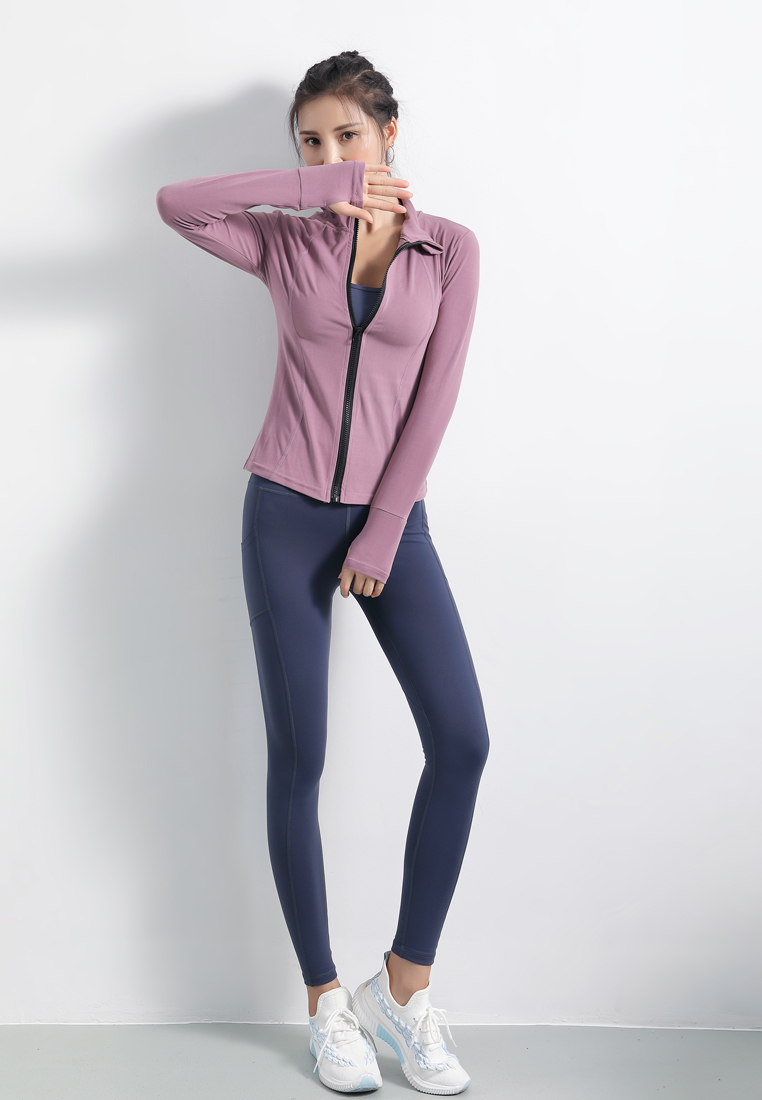In the fast-paced world of sports, every microsecond counts. Athletes are constantly seeking an edge, and one of the most overlooked but crucial aspects of performance enhancement is the design of their sportswear. The question is: How does the design of sportswear help athletes move faster? Let's delve into the science and technology behind this fascinating field.
The first principle to consider is the role of fabric in reducing drag. Modern sportswear is often crafted from lightweight, breathable materials that minimize friction and allow for unrestricted movement. These fabrics are often treated with special coatings or weaves that further reduce drag, helping athletes slice through the air with less resistance.
Aerodynamics also play a pivotal role in sportswear design. Clothing that is tailored to the athlete's body shape and contours can reduce turbulence and enhance airflow, leading to faster speeds. This is particularly true in cycling, swimming, and speed skating, where even the slightest reduction in drag can translate into significant gains in performance.
Another crucial aspect is the use of compression fabrics. These snug-fitting materials provide support to muscles, reducing vibration and fatigue. By stabilizing muscles and joints, compression sportswear helps athletes maintain proper form and technique, which in turn improves their efficiency and speed.
In addition, sportswear designers are increasingly leveraging technology to create intelligent clothing. This includes the use of sensors and algorithms to monitor athlete's biometrics, such as heart rate, temperature, and movement patterns. By collecting and analyzing this data, athletes can gain insights into their performance and make adjustments to their training and clothing to optimize speed.
Moreover, the design of footwear is also integral to enhancing athletic speed. The right shoes can provide the necessary traction, support, and cushioning to maximize performance. Materials like carbon fiber and advanced rubber compounds are often used to create lightweight yet durable shoes that reduce weight and enhance speed.
Lastly, the psychological impact of sportswear should not be overlooked. A well-designed and stylish outfit can boost an athlete's confidence and motivation, leading to a more positive mindset and improved performance.
In conclusion, the design of sportswear is a multifaceted and complex field that leverages the latest scientific and technological advancements to help athletes move faster. From lightweight fabrics to aerodynamic contours, compression materials to intelligent clothing, every detail is carefully considered to maximize performance. As technology continues to evolve, we can expect even more innovations in sportswear design that will push the boundaries of athletic performance.

